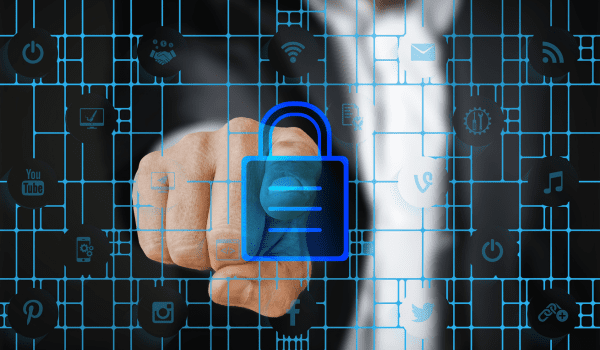Cybersecurity just isn’t getting any easier. While protection technologies continue to advance at a rapid pace, so do the cybercriminals trying to circumvent them. At the same time, the growing complexity of threats means that staying on top of them is an uphill task for stretched IT teams. To understand these challenges, Sophos commissioned an independent study into the experiences of 3,100 IT managers across 12 countries. Conducted by research house Vanson Bourne, the survey reveals illuminating insights into levels and types of cyberattacks, and the difficulties managing cybersecurity.
Why organizations are still struggling to reduce cyber risk?
Despite investments in security technologies, it’s now the norm to be hit by a cyberattack. The survey revealed three main reasons why organizations are struggling to reduce cyber risk. Firstly it may be because attacks come from multiple directions, such as email, websites, USB’s, harmful links etc; it’s hard to keep tabs. Secondly, cyberattacks are now multi-stage, coordinated, and blended. And Lastly, Technology, talent, and time are in short supply. As we’ve seen, organizations face a wide range of attacks and need to secure multiple threat vectors. The survey revealed that, on average, IT teams spend 26% of their time managing cybersecurity. For the majority of respondents this is not the right ratio.
Technology companies have been developing cybersecurity products for decades, and organizations continue to spend time, effort, and money on cybersecurity. Yet, despite years of innovation and investment, the survey has revealed that cybersecurity remains an uphill challenge and organizations still don’t have the resources they need. Perhaps it’s time for a different approach?
So how do we tackle cyber security issues?
As we’ve seen, cyberthreats work as a system using multiple interconnected techniques and technologies in their attacks. With IT infrastructure and cyber threats both working as a system, it makes sense that cybersecurity should also work as a system rather than isolated point products.




